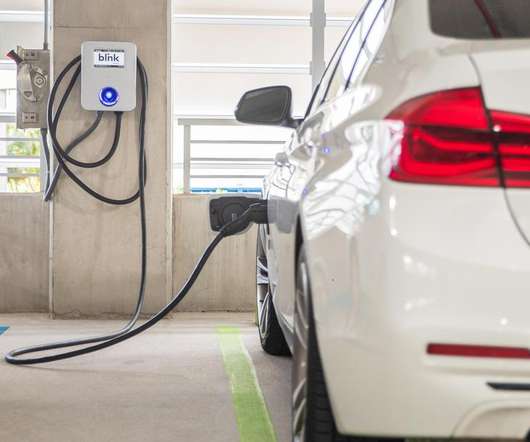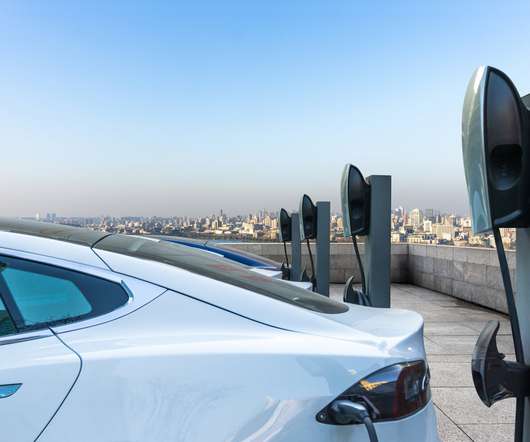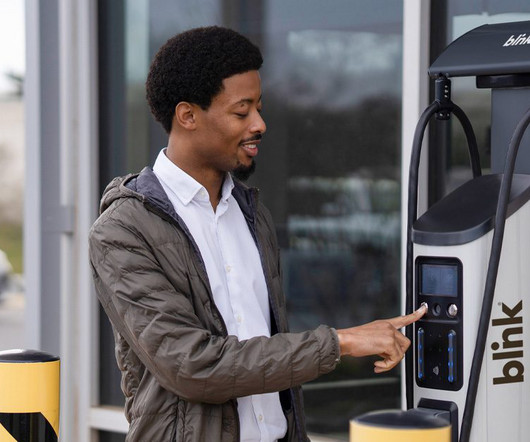The US Needs 20 Times More EV Charging Stations by 2030… Or Else
Blink Charging
FEBRUARY 9, 2023
The federal government and automakers have set new goals for electric vehicle sales, and now it’s up to the business world and EV charging companies like Blink to provide the right number of EV chargers by 2030. How many more EV chargers does the US need? billion in funding for 500,000 public EV charging stations.












Let's personalize your content